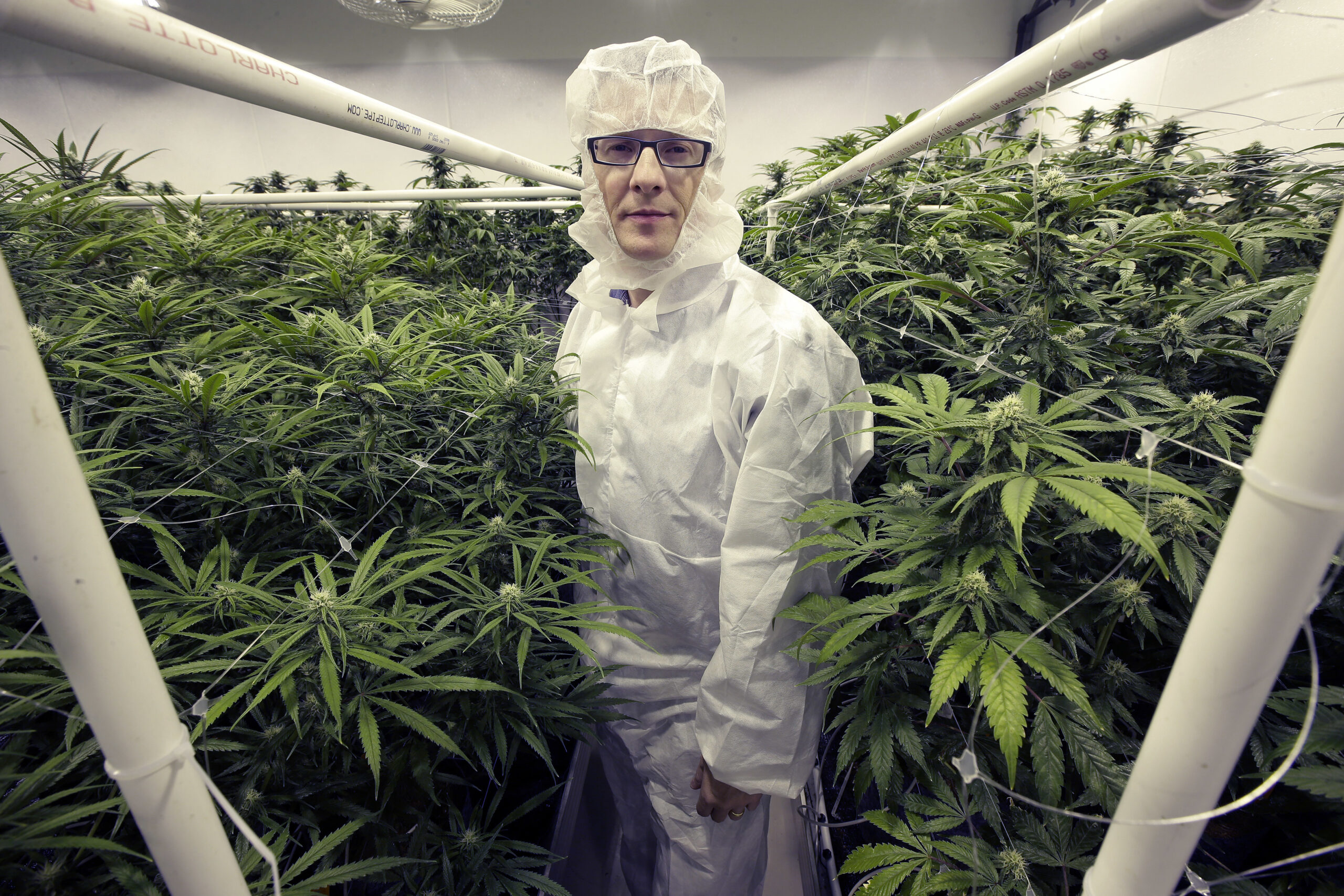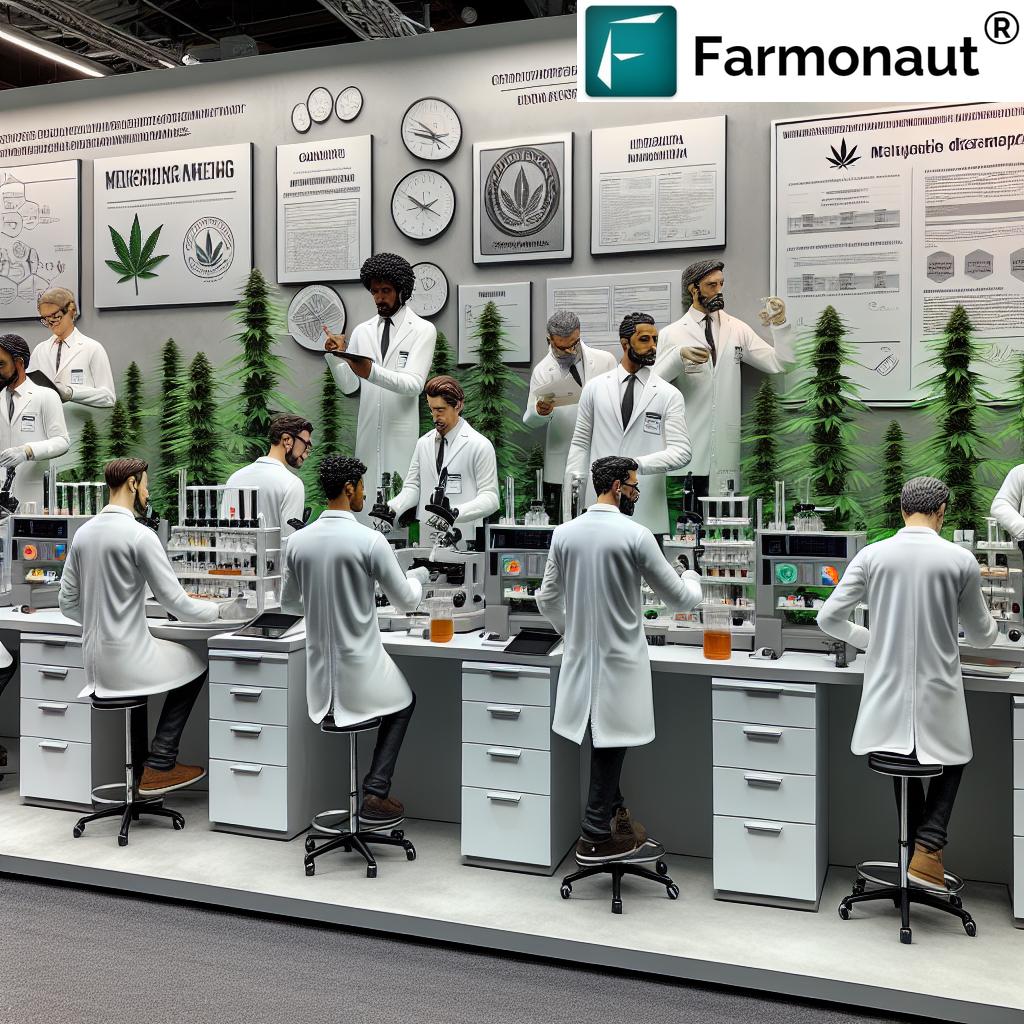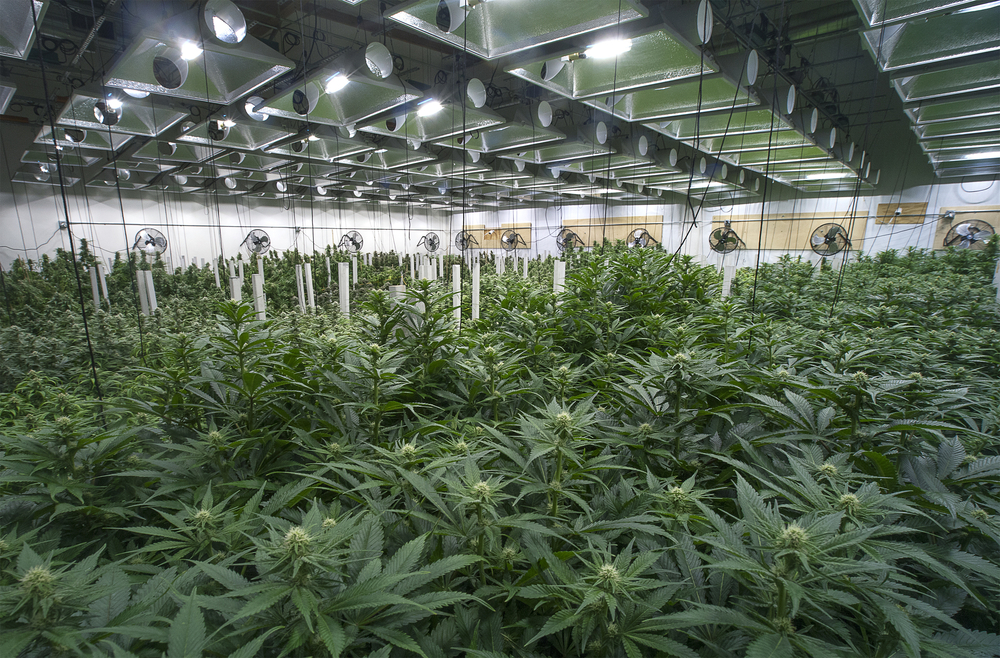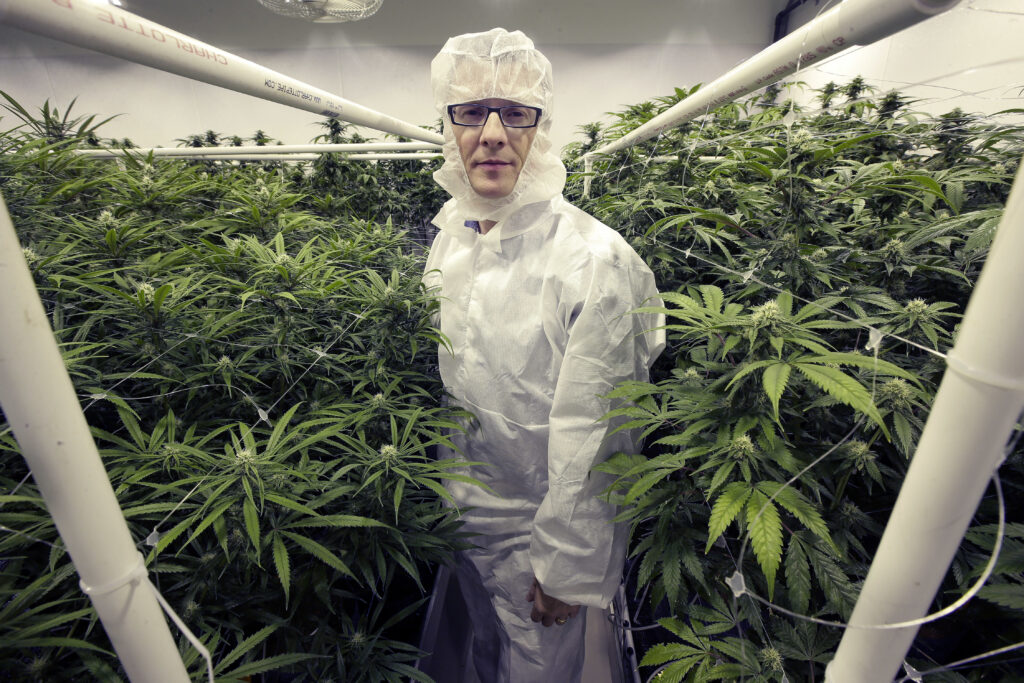The cannabis industry has come a long way from backyard grows and underground operations. Today, cultivation is a blend of traditional horticulture and cutting-edge innovation—designed to improve yield, enhance potency, reduce environmental impact, and deliver consistent quality to consumers.
In this post, we’ll explore how cannabis cultivation is evolving, from genetic engineering to sustainable farming techniques, and why innovation is shaping the future of the plant like never before.
The Evolution of Cannabis Cultivation
In the past, cannabis was often grown in secret, with limited access to quality tools or science-based methods. But as legalization spreads globally, cultivation has become more sophisticated, regulated, and data-driven.
Growers now operate in highly controlled indoor environments or on high-tech outdoor farms. The goal? To produce cannabis that is cleaner, stronger, and more precisely tailored to medical and recreational needs.
Key Innovations Changing the Cannabis Growing Game
1. Precision Lighting Systems
Advanced LED technology allows cultivators to tailor light spectrums for each stage of the cannabis life cycle—seedling, vegetative, flowering. This maximizes growth while reducing energy costs compared to traditional HID lights.
Benefits:
- Faster growth
- Higher cannabinoid production
- Greater energy efficiency
2. Automated Environmental Controls
Smart grow rooms use sensors and software to regulate:
- Temperature
- Humidity
- CO₂ levels
- Light cycles
These systems ensure plants are growing under ideal conditions 24/7, reducing human error and improving consistency across harvests.
3. Hydroponics and Aeroponics
These soil-less systems deliver nutrients directly to the roots using water or mist, offering faster growth and higher yields in less space.
Hydroponics: Roots grow in a nutrient-rich water solution
Aeroponics: Roots hang in air and are misted with nutrients
Advantages:
- Uses less water than soil-based growing
- Prevents soil-borne diseases
- Space-efficient for urban or indoor farming
4. Genetic Engineering and Strain Development
Breeders now use genetic mapping to create strains with specific traits:
- Higher THC or CBD content
- Faster flowering times
- Resistance to pests and mold
- Unique terpene profiles (flavor/aroma)
Some companies are even developing cannabis strains without psychoactive effects, targeting medical patients who need relief without the high.
5. Sustainable and Regenerative Growing Practices
With growing environmental concerns, many cultivators are turning to eco-friendly techniques, such as:
- Solar-powered greenhouses
- Organic nutrients and pest control
- Closed-loop water recycling systems
- Living soil cultivation to enhance biodiversity
These practices reduce the environmental footprint and produce cleaner, chemical-free cannabis.
Indoor vs. Outdoor: Which Is More Innovative?
Both indoor and outdoor cultivation have embraced technology, but in different ways.
- Indoor grows benefit from total environmental control and year-round production.
- Outdoor farms focus on sustainability, soil health, and natural light cycles.
Some of the most innovative cultivators are blending the two with light-deprivation greenhouses or hybrid indoor-outdoor models to maximize both quality and efficiency.
What This Means for the Consumer
For cannabis users, cultivation innovation means:
- Cleaner products: Lab-tested and pesticide-free
- More variety: New strains tailored to specific needs (e.g., sleep, anxiety, creativity)
- Consistent quality: Precision-controlled grows lead to reliable effects
- Better availability: Higher yields help meet growing global demand
Final Thoughts
Cannabis cultivation is no longer just about growing a plant—it’s about combining agriculture, science, and sustainability to meet the needs of a modern market. Innovation is shaping the future of cannabis in ways that benefit everyone—from the grower to the end consumer.
As technology continues to evolve, expect to see even more breakthroughs in automation, genetics, and eco-friendly farming techniques. For those passionate about the plant, the future of cannabis cultivation is not only bright—it’s high-tech.





